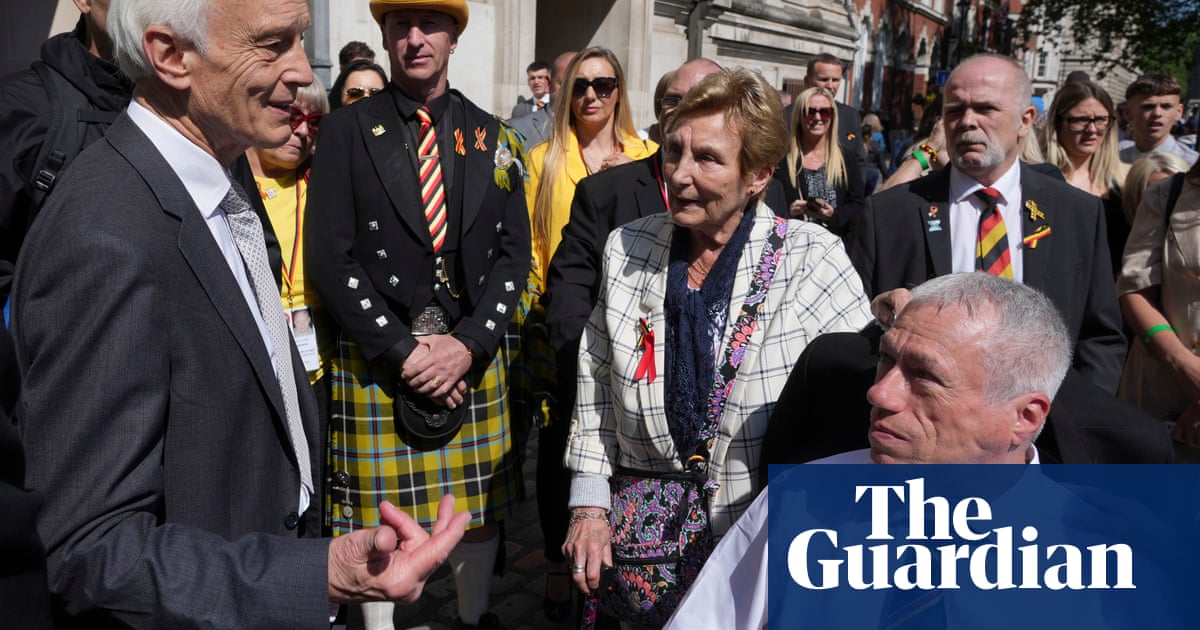
1: The debate about “peak oil” is over for the foreseeable future. With virtually every big economy growing strongly, the world is producing and consuming more oil than at any time in its history. Even with the rise of renewables and electric vehicles, demand will continue to rise for so many years ahead as to make forecasts of the end of the oil age meaningless. Energy executives, like Saudi Aramco’s chief executive Amin Nasser, are not losing any sleep over electric vehicles when oil-driven vehicles still account for 99.98 percent of the total on the roads.
2: There is a will on the part of OPEC to sustain the “Vienna Alliance” for at least another year, but it all depends on the Russians. The deal struck in the Austrian capital in December 2016 to limit crude output has been good for oil exporters, of which the biggest is Saudi Arabia. It has provided resilience and continuity in the oil price, allowing OPEC members to formulate long term policies without volatility in their key revenue stream. But non-OPEC — especially the US, Canada, Brazil, North Sea — have lots of capacity coming on stream in the next few years, and the key factor will be the attitude of the biggest of them, Russia. OPEC clearly wants to make the alliance a more formal, permanent institution. The Russians were low key at CERAWeek, partly because of what were described as “consular problems” at the US embassy in Moscow, so their definitive attitude was difficult to gauge.
3: US shale producers, who have helped make American oil great again, are confident to the point of exuberance, but even at the height of their euphoria the “short cycle” doubters are on the rise. Texan shale is booming, with the Permian basin alone producing an incredible 2.5 percent of total global output. The US is looking to overtake Russia as the largest producer some time in the next 12 months. But there are three areas of concern: Infrastructure, capital and subsurface. Essentially the worry is that the shale men have tapped all the “sweet spots,” that investors will not put up the cash to go for the more inaccessible ones, and that they won’t be able to pipe it to the rest of America and the world even if they do get to it.
4: The fear future, as one expert said, belongs to gas. The two fastest growing energy consumers, China and India, are more aware than ever of the environmental impact of their economic growth, not least on the lives of their citizens, and are looking to gas, the least damaging of the fossil fuels, to bridge the gap until renewables arrive in a meaningful way. India just took possession of its first shipload of LNG from the US. Shell will eventually become a gas and oil company, rather then vice-versa. Saudi Aramco is looking to supply most domestic needs from gas rather than oil. There is optimism and momentum in the global gas business.
There was plenty of time on my 16-hour return flight from Houston to Dubai to reflect on the ‘oil man’s Davos.’
Frank Kane
5: Even with the “peak oil” debate resolved in crude’s favor, the renewable industry has an impetus that seems unstoppable. A good deal of CERAWeek was given over to analysis of the financial and technological imperatives behind the move away from fossil fuels. When the money and the know-how combine, as they are, the renewable industry will have truly come of age. California is aiming to generate 50 percent of its power from renewables by 2030, the Europeans are running even faster. Strategies for dealing with climate change and carbon capture are now being formulated in the boardrooms of the world’s biggest energy companies.
6: Despite the comparatively low penetration by electric vehicles of the overall car market, EV is another idea whose time is coming. Mary Barra, chief executive of General Motors, told CERAWeek that she was optimistic about the growth of EV mobility, and that GM was investing billions into the new technology. Challenges remain in areas like battery technology and charging infrastructure, but when two big gas-guzzling communities like California and Texas embrace EV, as was apparent from CERAWeek, energy leaders have to take the idea seriously, and they are.
7: CERAWeek is fun. The “oil city” of Houston knows how to show its guests a good time, and the 4,000 delegates would have gone away, as I did, having learned a lot in a convivial environment. But people’s perception of fun varies. For Daniel Yergin, the indefatigable host of the event, it was driving an electric vehicle; for me, it was being driven back to my hotel from the Rodeo in the biggest, most ostentatious all-American truck I have ever seen, let alone ridden in. Thanks to the friendly Texan, Joseph Jones of Houston, who offered the ride to stranded strangers.
Frank Kane is an award-winning business journalist based in Dubai. He can be reached on Twitter @frankkanedubai











